First of all, I seem to have a little too much time on my hands! You'll see what I mean.
I decided to conduct a simple yet instructive experiment. I wanted to compare porosity and water retention of various substrates: Perlite, Turface MVP, coarse gravel, lava rock, peat based mix, garden soil, and 50-50 gravel and soil.
I used 3 equal volume plastic cups. One was calibrated with % values and filled with water. The other 2 were filled with substrate, and 1 of those had drainage holes.
The first thing done was to fill the non-draining cup with substrate to capacity with water. The remaining water is determined as a %. This tells us what % by volume is air, and so is a measure of substrate "porosity".
Second, the draining cup with substrate was also filled with water - whatever drained out was also collected and measured. This tells us how much water was retained by the substrate, "water capacity".
Finally, a ratio of "water capacity" to "porosity" was created, I call it the "saturation index". An index value of 100 means all available air space is filled with water when the substrate is saturated.
Let's look at the photos, they will help to make sense of it:
The column on the left shows the substrate filled to capacity with water, the adjacent cup shows how much water is left in the cup as a %.
The column on the right shows the substrate with a drainage hole, so the adjacent cup displays how much water was drained out, as a %.
Here is the data in table format:
Some discussion on the materials:
The "peat" is a bagged mix that consists mainly of slightly moistened peat with some composted bark. The other substrates were dry. The "soil" is from my garden, probably minimal organic component, on the clayey side, but otherwise more or less a typical loamy soil.
The lava rock is probably very similar to if not the same as pumice, only what I have is pretty coarse. Perlite is horticultural grade. Turface is a high-fired clay product. Coarse gravel is from the pet store. 50-50 is equal parts of the gravel and garden soil.
Observations
As expected, perlite, turface and lava rock have the most air space per volume. I was surprised though that the peat was almost as porous. This must be why it is marketed as a soil aerator, but it decomposes over time, unlike the other drainage materials. The gravel is slightly less porous because it is fine sized. Soil is the densest.
Another surprise, the turface retained more water than the peat mix! Peat and soil had the next highest water capacity. Gravel, perlite and lava rock had the least capacity for water retention, not surprising.
Saturation Index: soil is the worst...this means that when saturated with water, there is hardly any available air in the substrate. The 50-50 mix is 2nd worst. Turface also is pretty high, but considering it is so porous, there is still good aeration. Perlite, gravel and lava rock not surprisingly have the best ability to remain aerated.
Conclusions
I can't make any profound statements here because there are so many interactive factors when mixing these things in a pot that my head would explode if I even tried. Example, perlite is very porous but mixed with something like fine sand or soil, these spaces are then filled so you lose some of this effect. Although if you look at the 50-50 data, it is pretty much a straight average between the 2 separate parts.
Too much perlite, coarse gravel, or lava rock (pumice) reduces the ability of the mix to hold onto moisture so the mix would dry out quickly. Turface, however, is just as porous but simultaneously holds enough water to keep the mix from becoming too dry. Peat has decent properties but they don't last. Soil by itself is terrible, but mixed with perlite, lava rock or gravel would seem to provide similar results to using turface alone. Turface + soil may retain too much water.
A mix that contains somewhat equal amounts of A) turface, B) perlite, gravel or lava rock and C) loam or equivalent would seem to have good overall porosity, aeration, and some water holding capacity.
x

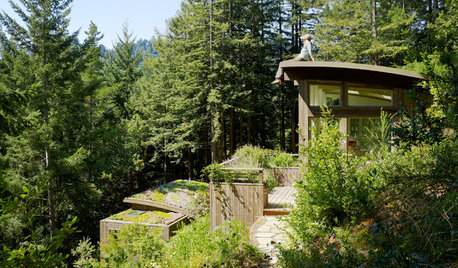
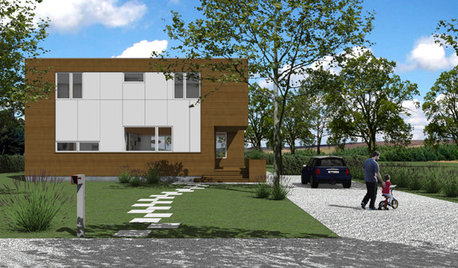

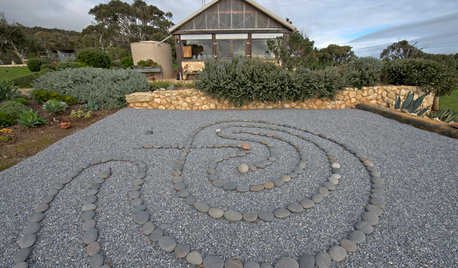
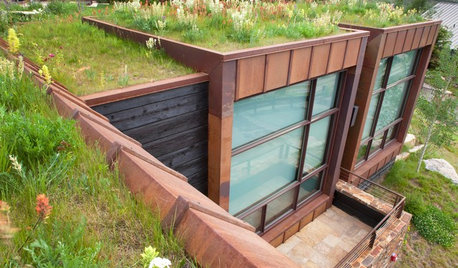
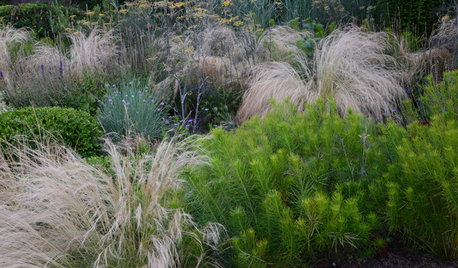









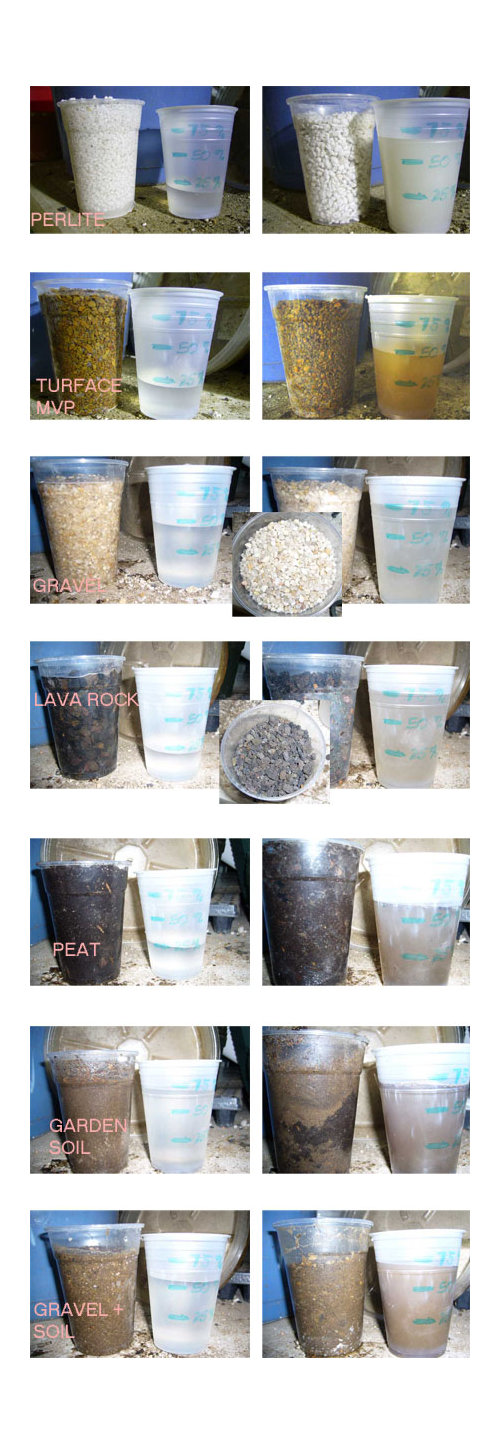

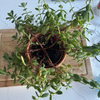
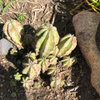

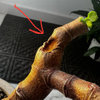
alenka
shrubs_n_bulbs
Related Professionals
Danbury Landscape Architects & Landscape Designers · Comstock Park Landscape Architects & Landscape Designers · Norwood Landscape Contractors · Downey Landscape Contractors · Eustis Landscape Contractors · Harrisburg Landscape Contractors · Lynn Landscape Contractors · Vineyard Landscape Contractors · Quartz Hill Landscape Contractors · New Bern General Contractors · Coos Bay General Contractors · Fremont General Contractors · New River General Contractors · Park Forest General Contractors · Stafford Decks, Patios & Outdoor Enclosuresxerophyte NYCOriginal Author
rjj1
shrubs_n_bulbs
tommyr_gw Zone 6
albert_135 39.17°N 119.76°W 4695ft.